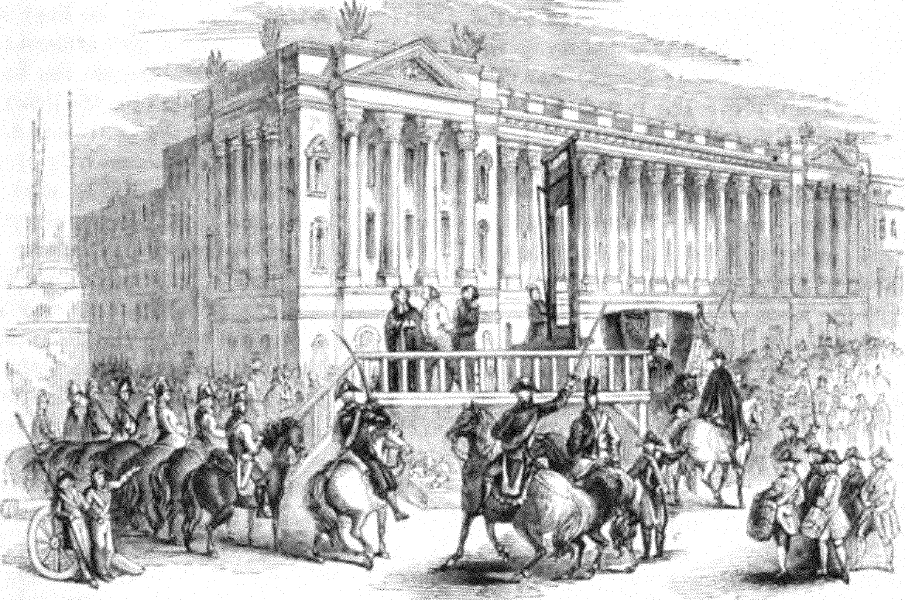<![CDATA[On the 10th September 1972 Hamida Djandoubi entered the history books as a footnote in the story of one of the world's most infamous inventions. The Tunisian immigrant, a convicted murderer, was the last person to be executed by the guillotine in France. The decapitation took place at Baumetes Prison in Marseille, France. The guillotine is synonymous with the French Revolution. For many it is associated with 'the Terror' that engulfed France at the end of the eighteenth century. The guillotine became part of the ritual of revolution. Those perceived as enemies of the state were publicly executed, and the volatile climate in France in this period meant few were safe from this fate. Joining Djandoubi on the list of Guillotine victims are a huge swathe of the eighteenth century French aristocracy, and the last king and queen of France, Louis XVI and Marie Antoinette. In total over 10,000 people were killed by the Guillotine during the revolution, including its strongest advocate; Joseph-Ignace Guillotine. Joseph-Ignace Guillotine was a physician and supporter of the revolution. He played an instrumental role in getting a law passed that required executions to be performed by "means of a machine". Although perhaps hard to emphasise with now, this campaign was something of a human rights breakthrough. Mechanised execution was viewed as less barbaric than a firing squad or hanging. The idea was to remove the elements of severe pain, public humiliation and torture associated with other forms of capital punishment. In 1789 the death penalty had been undergoing a rethink in France, with modifications proposed that would ensure the same punishment for all criminals sentenced to death, with the punishment limited only to the body of the guilty party. In 1791 the revised French legal code stated that "Every man condemned to death will have his head cut off." It says a lot about the chaos and paranoia that enveloped revolutionary France that Guillotine himself would become a victim of the device. The revolution meant that the guillotine came to symbolise something far removed from what its advocates intended or predicted. France was not the first country to apply mechanised techniques to its capital punishment. Decapitation machines had in fact had a long history in Europe. One of the first was the Halifax Gibbet, a machine that may have dated back as far as 1066, but was definitely in use by the thirteenth century. It was made from two fifteen feet tall wooden beams, connected at the top by a third beam. The blade was an axe head that slid up and down grooves carved into the vertical beams. Sources suggest that between 1280 and 1650 executions took place every Saturday in the town's market place. The picture 'The execution of Murcod Ballagh near to Merton in Ireland 1307' depicts another public execution with a machine similar to the Halifax Gibbet. Both of these medieval machines worked on a similar principle to that eventually used for the guillotine. By the time of Djandoubi's death, much had changed in the way the guillotine was used. During the revolution the Paris guillotine was located in the Palace de la National, a location that allowed the public to easily view the grisly spectacle. By the 1970s executions had moved behind closed doors, away from the public glare, although the means of execution still seemed a grotesque anachronism to many. The history of the guillotine reveals much about the French Revolution, but also the role of capital punishment in general. ]]>
The Last Chop of the Guillotine
